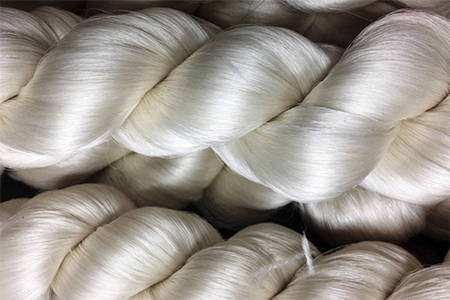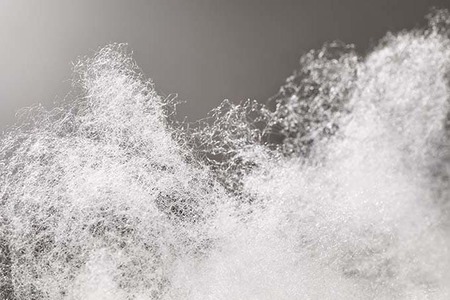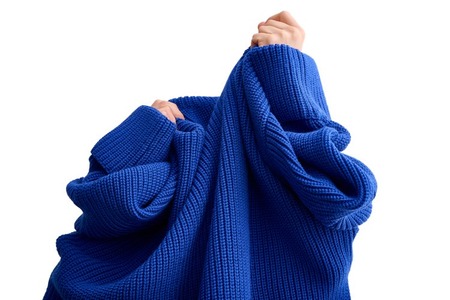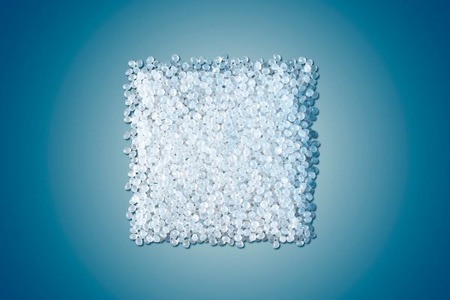
Japan showcases spider silk procured from bacteria
YarnsandFibers News Bureau 2020-08-13 12:22:49 – JapanScientists in Japan have used photosynthetic bacteria to produce spider silk. This could open doors to sustainable mass production for textiles.
The spider silk is extremely lightweight, strong and completely biodegradable. Although this seems to be a boon to the industry only a small amount of silk can be extracted from each spider.
Many initiatives are being set up around the world to find a way to scale spider silk. Japan claims to have made a breakthrough.
The research team at RIKEN Centre for Sustainable Resource Sciences (CSRS) in Tokyo said that their study had the potential to open a new chapter in which photosynthetic bio-factories stably output spider silk for various industries.
Choon Pin Foong explained that spider silk had the potential to be used in the manufacture of high-performance and durable materials such as tear-resistant clothing, automobile parts and various aerospace components.
He further added that the biocompatibility of the materials allows it to be used in biomedical applications such as drug delivery systems, implant devices, and scaffolds for tissue engineering.
The research team mainly focused on the marine photosynthetic bacterium Rhodovulum sulfidophilum which is ideal for a sustainable bio-factory as it only requires seawater, sunlight and gases which exist naturally in the atmosphere to grow.
The bacteria have been genetically engineered to produce ‘MaSp1’ protein which is the main element of the Nephila spider dragline. This is correlated to the tensile strength of the spider silk.
They maximized the volume of silk by optimizing the gene sequence that was inserted into the bacterium’s genome.
They also discovered that artificial seawater, a bicarbonate salt, nitrogen gas, yeast extract and irradiation with near-infrared light permitted the bacteria to grow well and produce the silk protein efficiently.
Further study concluded that the internal structure and the surface in the bacteria were very similar when compared to those naturally produced by the spider.
Keiji Numata, who led the research team, stated that they were now equipped to tackle climate change and the biofactories could help achieve UN Sustainability Goals(SDGs).
Numata added that their current study shows the initial proof of the concept for the production of spider silk in photosynthetic bacteria. He also stated that they are working towards the mass production of spider silk dragline proteins at a higher molecular weight in the photosynthetic system.
Asics, a Japanese activewear brand announced it was investing in Seevix Material Sciences Ltd which manufactures SVX to produce man-made silk with respect to biomimicry in a controlled fermented based method.
Market Intelligence
Ask for free sample Report

experience
Customer Base
dedicated team
Countries Served Worldwide









